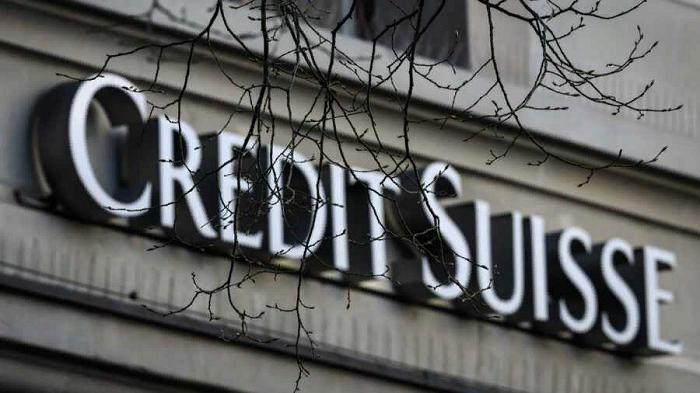The collapse of yet another US bank, First Republic, seems to have been averted by a $30 billion temporary bailout. Panic in the US and EU markets is also gradually subsiding.
However, the story of Silicon Valley Bank and Signature Bank made a lot of noise. Tell me what was it? How can the Biden administration handle this situation? What to expect next from the US banking system?
There are two main routes to a potential financial crisis in the US. Due to US financial dominance and the interconnectedness of globalism, which is a huge mistake for humanity, such a crisis would become international.
One way to do so is the Federal Reserve’s current policy of raising interest rates. This policy followed many years of near-zero rates in nominal terms and negative rates in real terms. During these years, financial assets that banks have accumulated on their balance sheets – such as bonds – pay low interest rates. When the central bank (Federal Reserve) raises interest rates, the value of financial instruments with the lower interest rate falls, thereby reducing the assets of bank balance sheets but not the liabilities.
Thus, the Fed’s policy is pushing banks into insolvency. When depositors realize that their deposits can be frozen for a while or lost if they exceed $250,000 – as with many corporate payment systems and some individual accounts – they withdraw their deposits. Banks are unable to cover withdrawals because their assets have fallen in value relative to deposits, and as they sell depreciated assets to cover withdrawals, the prices of distressed assets fall even further. Silicon Valley Bank’s assets were heavily burdened with low-interest US Treasury bonds, which were eroded by higher interest rates by the Federal Reserve. Two other banks have fallen victim to a cryptocurrency that is too volatile for a bank’s balance sheet.
To prevent the failure of three American banks from causing widespread panic, it was announced that the central bank would provide all banks with sufficient cash for customer withdrawals and that all deposits were insured, even if they exceeded the insured amount. This was to prevent panic.


